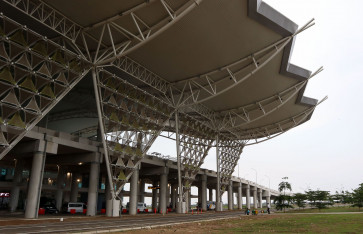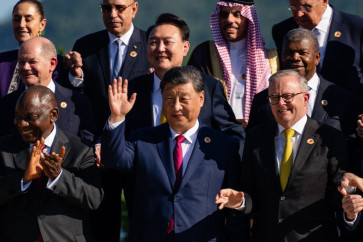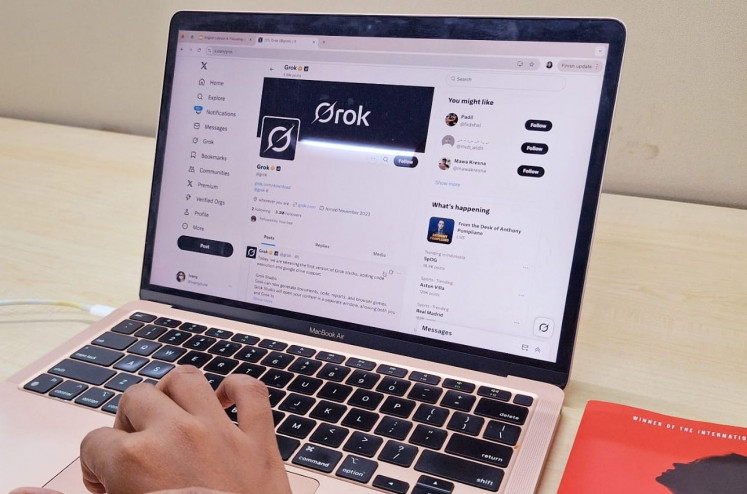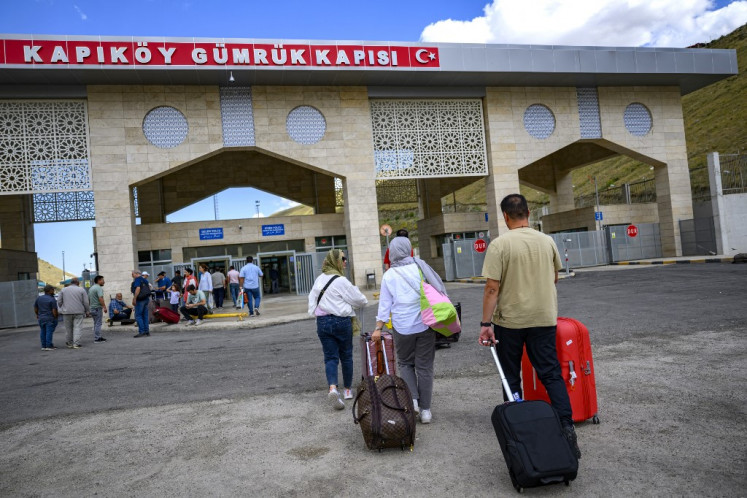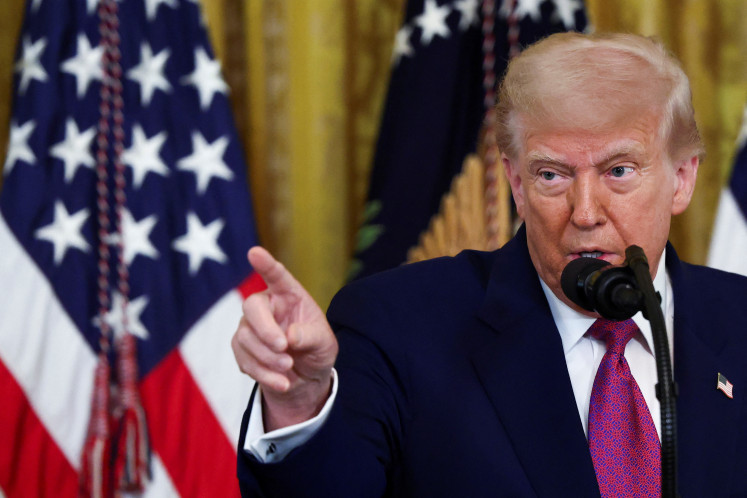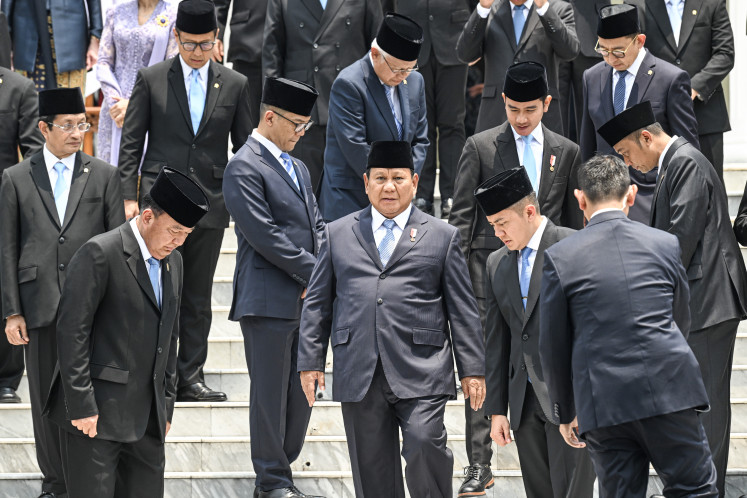Popular Reads
Top Results
Can't find what you're looking for?
View all search resultsPopular Reads
Top Results
Can't find what you're looking for?
View all search resultsBatu Hijau mine and the post-acquisition challenges
Newmont Mining Corporation announced on its website last month its agreement to sell 48.5 percent of its shares in PT Newmont Nusa Tenggara (PT NNT) to PT Amman Mineral Indonesia (PT AMI) for US$1.3 billion. This is a part of larger deal, in which PT AMI, which is controlled by PT Medco Energi International (Medco), will purchase an 82.2 percent stake in PT NNT. Some analysts were surprised at the sale because NNT’s Batu Hijau mine has been largely profitable for Newmont.
Change text size
Gift Premium Articles
to Anyone
N
ewmont Mining Corporation announced on its website last month its agreement to sell 48.5 percent of its shares in PT Newmont Nusa Tenggara (PT NNT) to PT Amman Mineral Indonesia (PT AMI) for US$1.3 billion.
This is a part of larger deal, in which PT AMI, which is controlled by PT Medco Energi International (Medco), will purchase an 82.2 percent stake in PT NNT.
Some analysts were surprised at the sale because NNT’s Batu Hijau mine has been largely profitable for Newmont.
In its glory days, Batu Hijau mine generated $600 million in pre-tax income for Newmont, as seen in its consolidated financial statements, more than any other mine they own.
However, since then, there have been days when operations had to be halted, such as in 2014, when the Indonesian government and NNT were not able to agree on the issue of increased royalties and export duty, resulting in NNT temporarily losing its export permit.
Since no sales could be made for months, Newmont suffered a loss that year from its Batu Hijau operations.
This is why Newmont, in its 2015 annual report, mentioned that Batu Hijau was vulnerable to political and economic risk.
There were too many uncertainties that could be encountered, from regulatory changes to labor strikes and losing the right to manage the mine if it was no longer the majority shareholder.
This last leads to the risk of operations falling below Newmont’s global safety, environment and social standards. This could backfire on Newmont after decades of building its reputation as a sustainable mining company. For those who are aware of this, the takeover sounds less shocking.
The transaction is reportedly to be completed by September. Newspapers praise the synergy between Indonesian conglomerates, the Arifin Panigoro-led Medco Group, AP Investment and three national banks: state banks Mandiri, BRI and BNI, which have provided a syndicated loan of $2.6 billion.
The head of AP Investment, Agus Projosasmito, is a veteran banker and a well-known name in the merger and acquisition world; he is the same person who helped local companies take-over Conoco-Phillips’ rig in Natuna and Credit Suisse’s Wayang Windu geothermal well. When the transaction is finalized, it will be another major milestone for our extraction industry.
Personally, we see this as a significant move that needs to be followed by another big move(s): building a copper smelter and exploiting the untapped potential — which are interrelated.
The current pit is claimed to be able to supply ore only until 2023. Seven years will likely be too short to achieve break-even from this mega deal and the required spending to build a copper smelter, as legally required now.
Another untouched deposit, Elang, is located under the same Contract of Work (CoW) area and has much higher copper and gold resources than those left in the current pit.
Exploiting this deposit will lengthen the mine’s operational life and make the copper smelter construction more feasible. This is why the two factors are said to be interrelated.
However, opening another minefront is not cheap and it could be another billion-dollar expense. Post-sale conditions are therefore as important as sealing the deal itself.
In addition to the billions that have to be spent, operational excellence has to be retained, as well as corporate social responsibility, from which thousands of local residents have benefitted through infrastructure building, health improvement, education and economic empowerment programs.
Transparency is also something that not many mines offer, but Newmont Batu Hijau has invited a group of about 20 people every year to personally see, gain insights and spread what they have witnessed through social media profiles. This openness deserves credit.
These values must be maintained, if not improved. We have seen enough local mining companies leave countless scars on the face of Borneo after the coal boom ended, or when mine shares were re-sold to foreigners for the sake of profit.
We all expect this not to happen with Batu Hijau and that Medco Group can dig out the maximum potential deposits at Batu Hijau to continue delivering maximum benefit to the nation.
Success in managing the Batu Hijau operation will be the long-sought proof that local companies are capable of running, and not ruining, big mines.
This is important when several other foreign-owned contracts of works will expire, opening the possibility for local operators to run the mines.
***
Alexander Senaputra holds a PhD in mineral processing from Curtin University and Roy Simanjuntak is a master student in the Planning & Public Policy Program at the University of Indonesia.
---------------
We are looking for information, opinions, and in-depth analysis from experts or scholars in a variety of fields. We choose articles based on facts or opinions about general news, as well as quality analysis and commentary about Indonesia or international events. Send your piece to community@jakpost.com.


